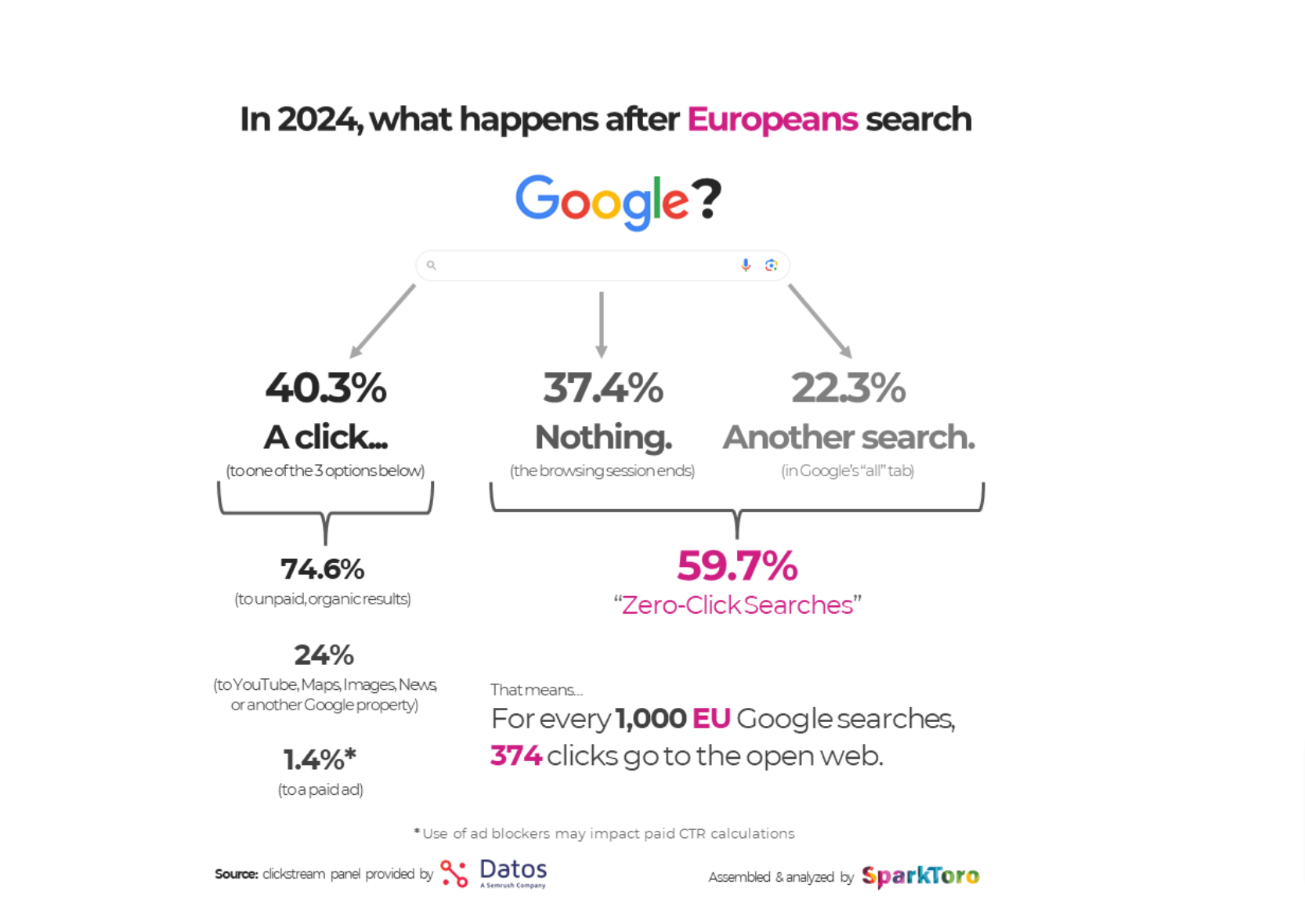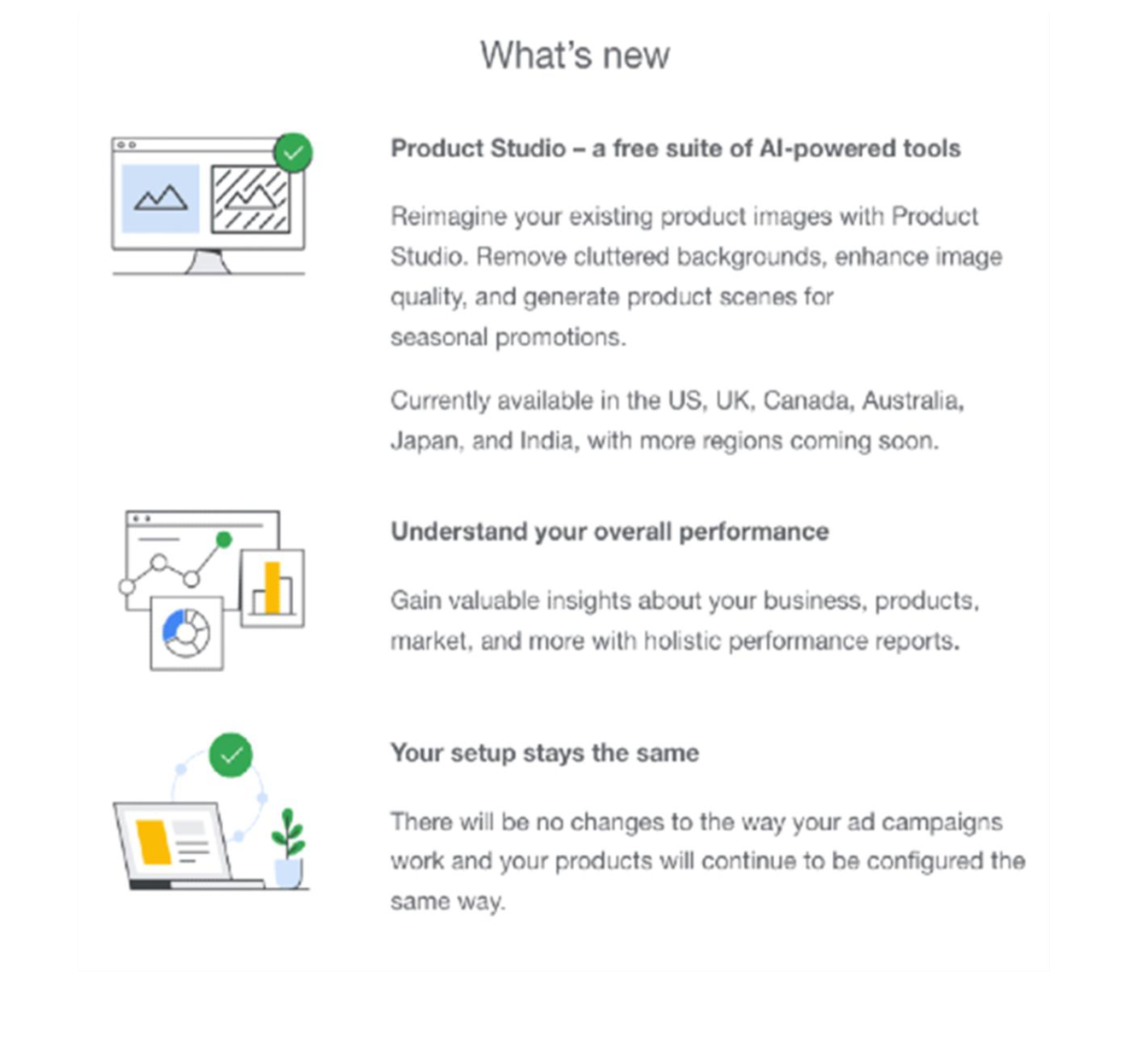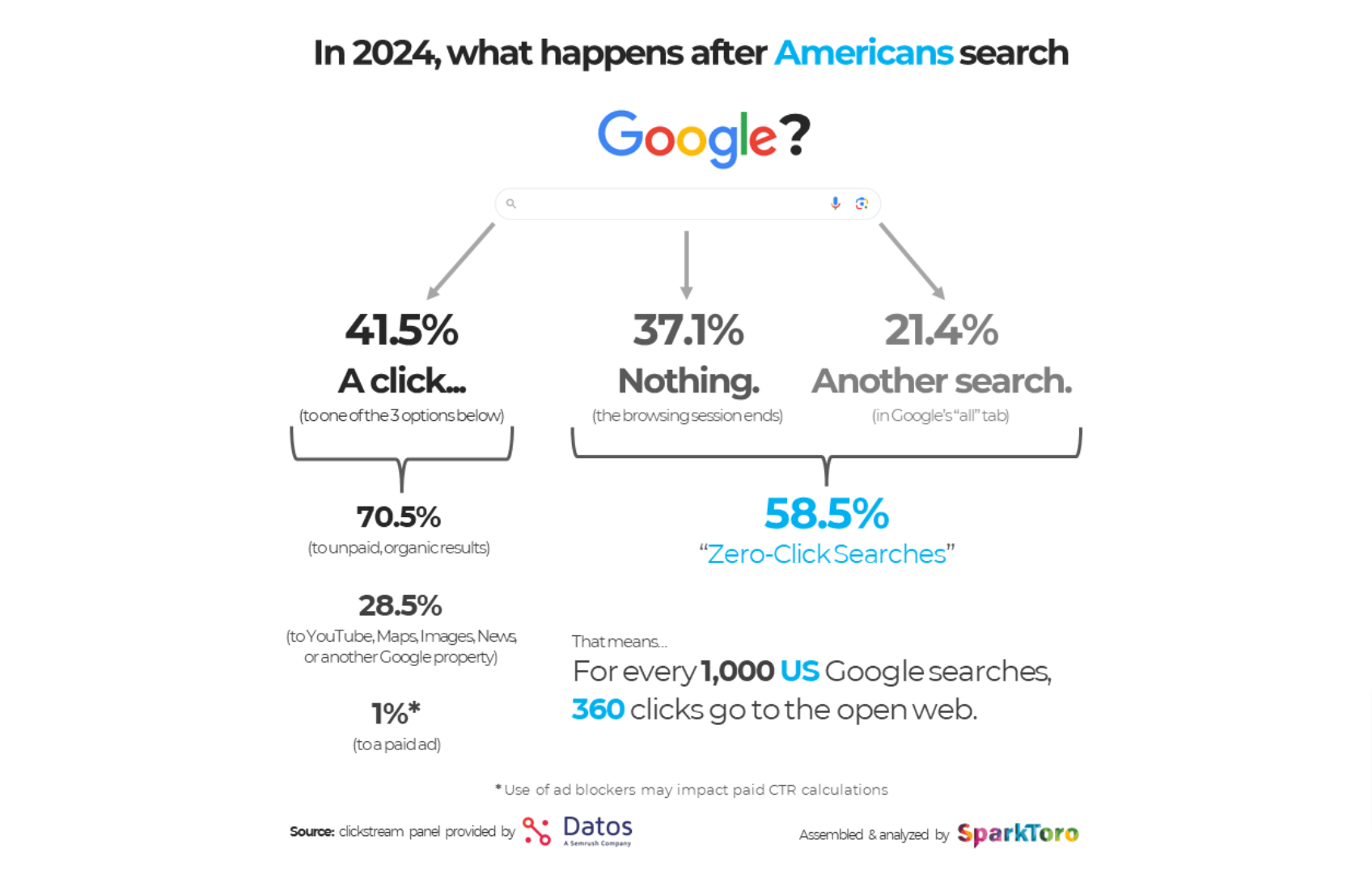Hi there, GREENstick Customers. The latest industry trends are here to help you supercharge your business’s growth!
First up, Rand Fishkin’s latest SparkToro study reveals that 58.5% of US Google searches in 2024 lead to no clicks—an improvement from 65% in 2021. This means users increasingly engage with content directly on Google, making SEO strategies more crucial than ever to capture valuable traffic.
Also, Google Merchant Center Next is rolling out! This AI-powered platform simplifies product management with features like automatic data feeds and actionable insights. The new Click Potential Metric shows how often products might be clicked on, helping you boost your business’s visibility and performance in Google Shopping.
Finally, OpenAI’s SearchGPT is poised to revolutionize search with conversational interactions, precise answers, and source transparency. This prototype could challenge Google’s dominance, offering us a sneak peek into the future of search.
By leveraging these insights to improve your SEO strategies, you can stay ahead of the curve. Read more in this month’s newsletter!
Understanding Zero Clicks: Insights from the 2024 Research
The most recent version of Rand Fishkin’s SparkToro Google zero click study is out now. According to the research, 58.5% of US users will click nothing in 2024. The findings of the study in 2021 were 65%, therefore this is an upgrade. Additionally, the survey found that while 21.4% of Google searches result in another Google search, approximately 37% of searches do not lead to any action. Nearly half result in a click. Those are the main points. To help you see what happens when Americans search, we have included a chart.
There was no change in the EU findings, while the number of clicks was 1.2% higher…

Quite a few queries (360 in the US and 374 in the EU, or 36.6% and 37.4%, respectively) ended up on the open web.
These three points stood out the most …
1. Search behavior in both regions is quite similar except for paid ads (EU mobile searchers are almost 50% more likely to click a Google paid search ad) and clicks to Google properties (where US searchers are considerably more likely to find themselves back in Google’s ecosystem after a query).
2. Almost half of mobile searches in the US and EU end the browsing session entirely; more than two times the percent of such searches are on desktop devices.
3. Universally, ~22% of searches result in another search. A future study to categorize this by searchers who refine their existing search (using a similar term/phrase) vs. search for something entirely new would likely be interesting to marketers.
Another noteworthy statistic was that paid search accounted for only 1% of hits, which seems relatively low. Rand explained away the seeming discrepancy by saying…
1% of all clicks include billions of Google searches in which no paid ad was present. In 2023, Google stated that less than 20% of search queries contain a paid ad. If we assume that number remains accurate in 2024, then paid ad CTR is at least 5%, on average, when paid/sponsored ads are visible in a Google SERP. My guess is that, when paid ads appear, especially when they’re on top of all other search results, the paid ad CTR is between 5-10%.
Preciseness? Just to clarify, Google disputed the results of the 2021 study and will likely challenge these findings as well. Rand is widely acknowledged as an expert in search engine optimization (SEO), so we trust that he has thoroughly researched the topic and that the study is worth examining for its interesting insights.
Soon, Merchant Center Next Will Be Rolling Out To All Merchants
Google’s Merchant Center Next started its rollout to all merchants in July 2024. This updated version, announced at Google Marketing Live in 2023, features an AI tool called Product Studio—this tool leverages generative AI to assist businesses in creating product imagery.
According to the Merchant Center post on X
Merchant Center Next announced at GML 2023, has already started rolling out to new users and many existing ones.
Starting July 2024, it is finally coming to all merchant accounts with a refreshed user interface, reinvented complex features, and new experiences. Users still on the classic Merchant Center are currently being notified when the new experience is ready for them!
You can access their support FAQ’s here
Here’s a portion of the email sent out to merchants touting the benefits of GMC Next…

Let’s have a look at the pros and cons:
Pros:
- Simpler Interface: The layout is more user-friendly, making it easier for new users to manage product information.
- Automatic Data Feed: Reduces the need for technical knowledge. Merchant Center Next can automatically pull product data from your website, minimizing manual feel uploads.
- Actionable Insights: Provides insights on top-selling products, brands, and performance improvements to help optimize your listings.
- Click Potential Metric: A new metric that predicts how often your product might be clicked on in Google Shopping results.
Cons:
- Less Control: The automatic data feed might not offer the same detailed control over your product details as manual uploads.
- Learning Curve for AI: The AI-powered features are new, and some merchants may need time to adjust and fully understand them.
- Data Refresh Frequency: Some users report that GMC Next might not update product data as frequently as desired, potentially causing delays in the appearance of new or updated products.
- Missing Feature: While GMC Next recently added Supplemental Feeds, it does not support Feed Rules.
You can still use the old version of Google Merchant Center, also called Classic Merchant Center. Although Google is transitioning all accounts to Merchant Center Next, it’s not an immediate switch. Here’s Google’s support page for switching between versions.
Introducing SearchGPT by OpenAI
As ChatGPT continues to thrive, OpenAI has succeeded in what many consider inevitable. This AI research organization is now rolling out SearchGPT, an experimental prototype designed to provide fast and precise answers by sourcing clear and relevant information to enhance your search experience.
SearchGPT: A Revolutionary Search Experience
Picture a search engine that interacts with you like a friend. That’s precisely what SearchGPT offers.
What sets it apart from Google?
- Conversational interactions: Instead of simply entering keywords, you can ask SearchGPT questions in a natural, conversational way, much like speaking directly with someone.
- Precise answers: SearchGPT delivers straightforward answers to your questions rather than just providing a list of links.
- Source transparency: SearchGPT shows where information was obtained so that you can verify the details yourself.
Who can use it?
SearchGPT is currently in the testing phase. To gain access, you need an invitation, which requires joining the waitlist first. OpenAI is gathering feedback from early users to refine and improve the tool before a broader release.
While SearchGPT shows great promise, it’s still in its early stages. Stay tuned to see how it evolves!
In the meantime, get a glimpse of what’s coming. Tap to see a demo of SearchGPT in action.
Conclusion:
SearchGPT can significantly outperform Google in every manner. It will be the only thing that can topple the search giant’s dominance. That may be the first time that’s happened.


